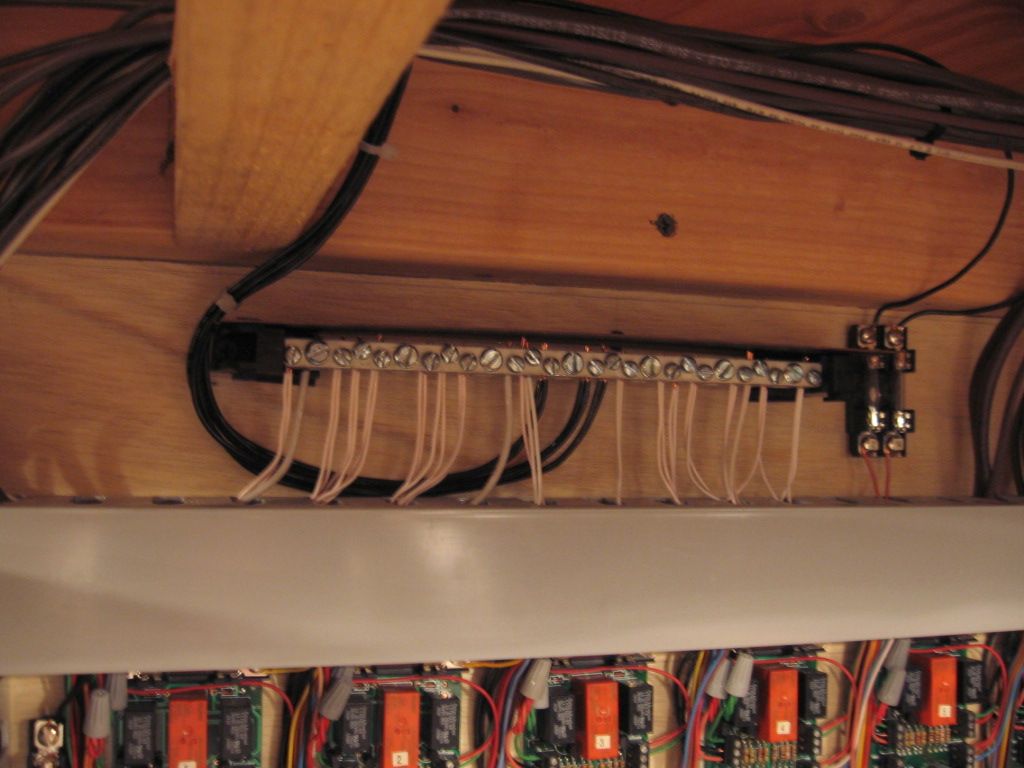I plan to link the common from each of my 4 Lionel 180W PowerHouse supplies and a yet-to-be-purchased transformer that will run the DZ-2500 switch motors (21 in total). I was going to run the commons through a terminal strip until I got to thinking about the amount of AMPS flowing through the strip. There is potential to have 40+ AMPS hitting that strip.
Am I thinking about this incorrectly? If not, any recommendations for a strip or a bus bar that has a high enough AMP rating?
Thanks,
George




